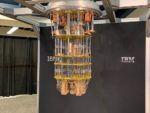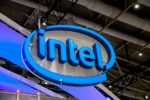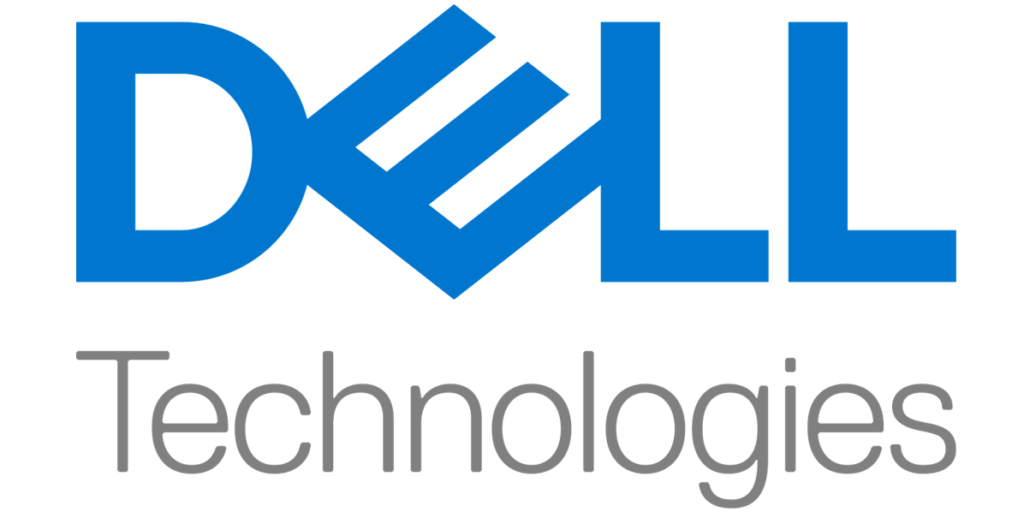Silicon photonics has the potential to transform HPC: it’s a dual-threat interconnect technology that could – if and when it is wrestled into commercial, cost-effective form – move data within chips and systems much faster than conventional, copper-based interconnects while also delivering far greater energy efficiency. Venture-backed start-ups and established tech companies….
@HPCpodcast: Silicon Photonics – Columbia Prof. Keren Bergman on the Why, How and When of a Technology that Could Transform HPC
Frontier Pushes Boundaries: 86% of Nodes Engaged on Reactor Simulation Runs
Details have trickled out of the Oak Ridge Leadership Computing Facility (OLCF) indicating progress in preparing Frontier, the exascale-class supercomputer ranked the world’s most powerful system, for full user operations. Earlier this week, the Exascale Computing Project released an article on its web site entitled “Predicting the Future of Fission Power” discussing the ExaSMR….
Conventional Wisdom Watch: Matsuoka & Co. Take on 12 Myths of HPC
A group of HPC thinkers, including the estimable Satoshi Matsuoka of the RIKEN Center for Computational Science in Japan, have come together to challenge common lines of thought they say have become, to varying degrees, accepted wisdom in HPC. In a paper entitled “Myths and Legends of High-Performance Computing” appearing this week on the Arvix […]
SC22: CXL3.0, the Future of HPC Interconnects and Frontier vs. Fugaku
HPC luminary Jack Dongarra’s fascinating comments at SC22 on the low efficiency of leadership-class supercomputers highlighted by the latest High Performance Conjugate Gradients (HPCG) benchmark results will, I believe, influence the next generation of supercomputer architectures to optimize for sparse matrix computations. The upcoming technology that will help address this problem is CXL. Next generation architectures will use CXL3.0 switches to connect processing nodes, pooled memory and I/O resources into very large, coherent fabrics within a rack, and use Ethernet between racks. I call this a “Petalith” architecture (explanation below), and I think CXL will play a significant and growing role in shaping this emerging development in the high performance interconnect space.
How Machine Learning Is Revolutionizing HPC Simulations
Physics-based simulations, that staple of traditional HPC, may be evolving toward an emerging, AI-based technique that could radically accelerate simulation runs while cutting costs. Called “surrogate machine learning models,” the topic was a focal point in a keynote on Tuesday at the International Conference on Parallel Processing by Argonne National Lab’s Rick Stevens. Stevens, ANL’s […]
IBM Doubles Down on 1000+-Qubit Quantum in 2023
As expectation-setting goes in the technology industry, this is bold. At IBM’s annual Think conference, a senior systems executive reiterated the company’s intent to deliver a 1,121-qubit IBM Quantum Condor processor by 2023. In a video interview with theCUBE, technology publication SiliconANGLE Media’s livestreaming studio, IBM GM of systems strategy and development for enterprise security, […]
Report: Security Firm Says HPC Clusters under Attack: ‘Level of Sophistication Rarely Seen in Linux Malware’
This is an updated version of a story first publised on Feb. 1. UK technology industry publication PCR published a story today stating that an international data security firm, ESET, has reported the identification of a malware called Kobalos that targets supercomputing clusters. They also said they have been working with security experts at CERN, the European Organization for Nuclear Research and other organizations on stemming attacks. “Among other targets was a large Asian ISP, a North American endpoint security vendor as well as several privately held servers,” PCR reported.
HPC Predictions 2021: Quantum Beyond Qubits; the Rising Composable and Memory-Centric Tide; Neural Network Explosion; 5G’s Slow March
Annual technology predictions are like years: some are better than others. Nonetheless, many provide useful insight and serve as the basis for worthwhile discussion. Over the last few months we received a number of HPC and AI predictions for 2021, here are the most interesting and potentially valid. Let’s check in 12 months from now […]













